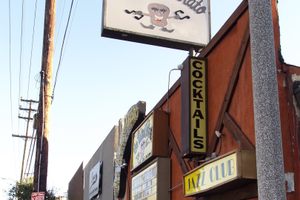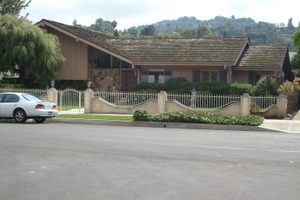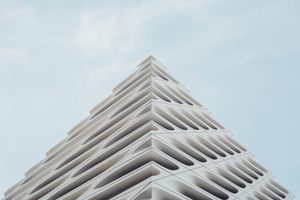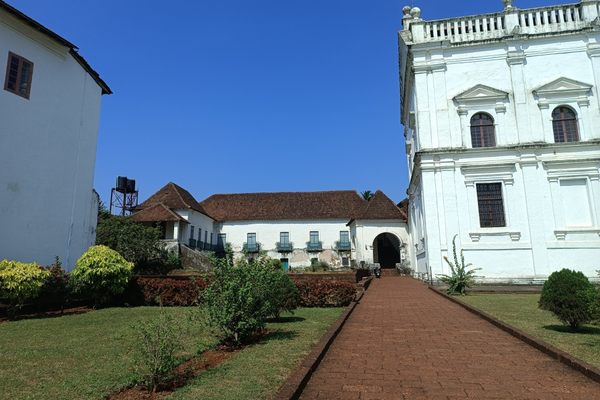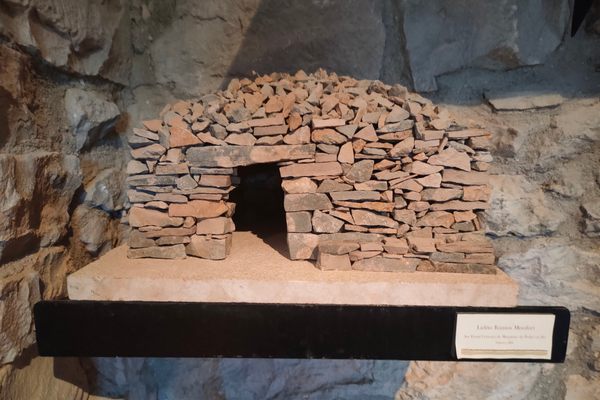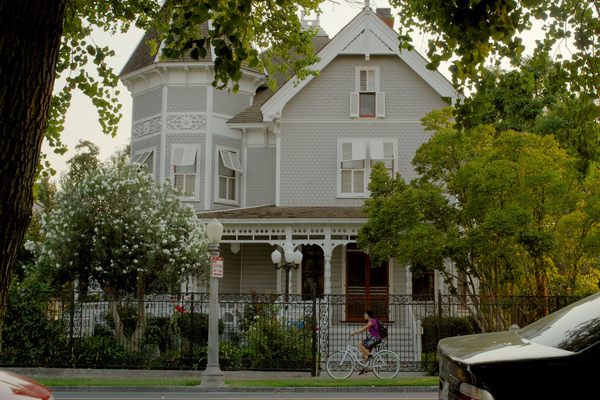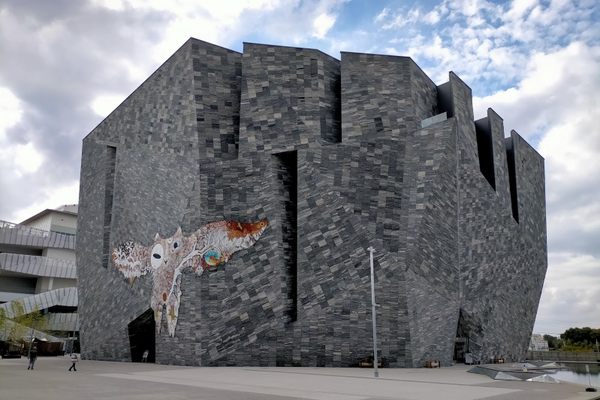About
Campo de Cahuenga, an unassuming mission turned ranch house, made history on January 13, 1847, when opposing leaders Lieutenant Colonel John C. Frémont of the U.S. Army and General Andrés Pico of Mexico signed the Treaty of California there.
The treaty, or what some called the “capitulation,” ended hostilities in the territory. The treaty also marked a crucial moment in American history, leading to the Treaty of Guadalupe Hidalgo just over a year later, when California, Nevada, New Mexico, Arizona, and parts of Colorado were relinquished to the U.S., and the Mexican-American War was formally ended.
In the years after the signing, the campo had more crucial roles. The site served as the Butterfield State Station, a mail stop between the San Fernando Mission and Los Angeles, and was a camp for Union troops during the Civil War.
In 1900, the house was demolished. In 1923, the land was purchased by the city of Los Angeles. Irene Lindsay, president of the San Fernando Valley Historical Society, led a movement to recreate and recognize the site. The adobe’s foundations were initially uncovered in 1931, and a replica museum was formally dedicated in November 1951.
The original foundations can still be seen in the small garden. More stone foundations were uncovered during the construction of a subway line in the 1990s, indicating the complete building's layout was 4,000 square feet, with six rooms, and dated back to 1790.
You can find plaques celebrating the treaty signing on the grounds, as well as a memorial fountain honoring the unsung hero of the treaty, Doña Bernanda Ruiz. Concerned for her solider sons, Ruiz persuaded Frémont that it would benefit his political career to consider the treaty. There is also a marker for the original residents: the Gabrielino-Tongva people, whose village of Kaweenga was on this site before the mission was built.
Inside, the 20 exhibits reflect the five periods of the campo’s history, and there are portraits, photographs, and paintings of the key individuals involved in the treaty. A reproduction of the two-page treaty sits on a desk alongside a mannequin wearing the uniform Frémont was likely wearing. Behind that, almost hidden, is a glass case of red tile shards from the original structure.
A number of bells are also on display, including their original Mission Bell. It was one of the many that stood sentinel along the Camino Real (Royal Road), a 600-plus mile route that linked the 21 missions of California. They were cast from the still-operating California Bell foundry in Saratoga, California. Established by bell designer Harrye Rebecca Piper Forbes in the early 1900s, the foundry produced bells in a variety of sizes and designs, as they were often made and sold as souvenir items at the time.
The museum also features beads, arrowheads, and other artifacts, while a collection of flags represents all the countries that showed an interest in California: Spain, England, Russia, Argentina, republic and empirical Mexico, Fremont’s own U.S. flag design, the familiar stars and stripes of the U.S., and the two bear flags of California itself.
Now, Campo de Cahuenga is run by the City of Los Angeles Department of Recreation and Parks. The single large room-sized museum is strangely juxtaposed by the huge, commercial theme park opposite it.
Related Tags
Know Before You Go
Open Thursday, Friday, and Saturday from 10 a.m. to 2 p.m.
Published
January 29, 2024




























































